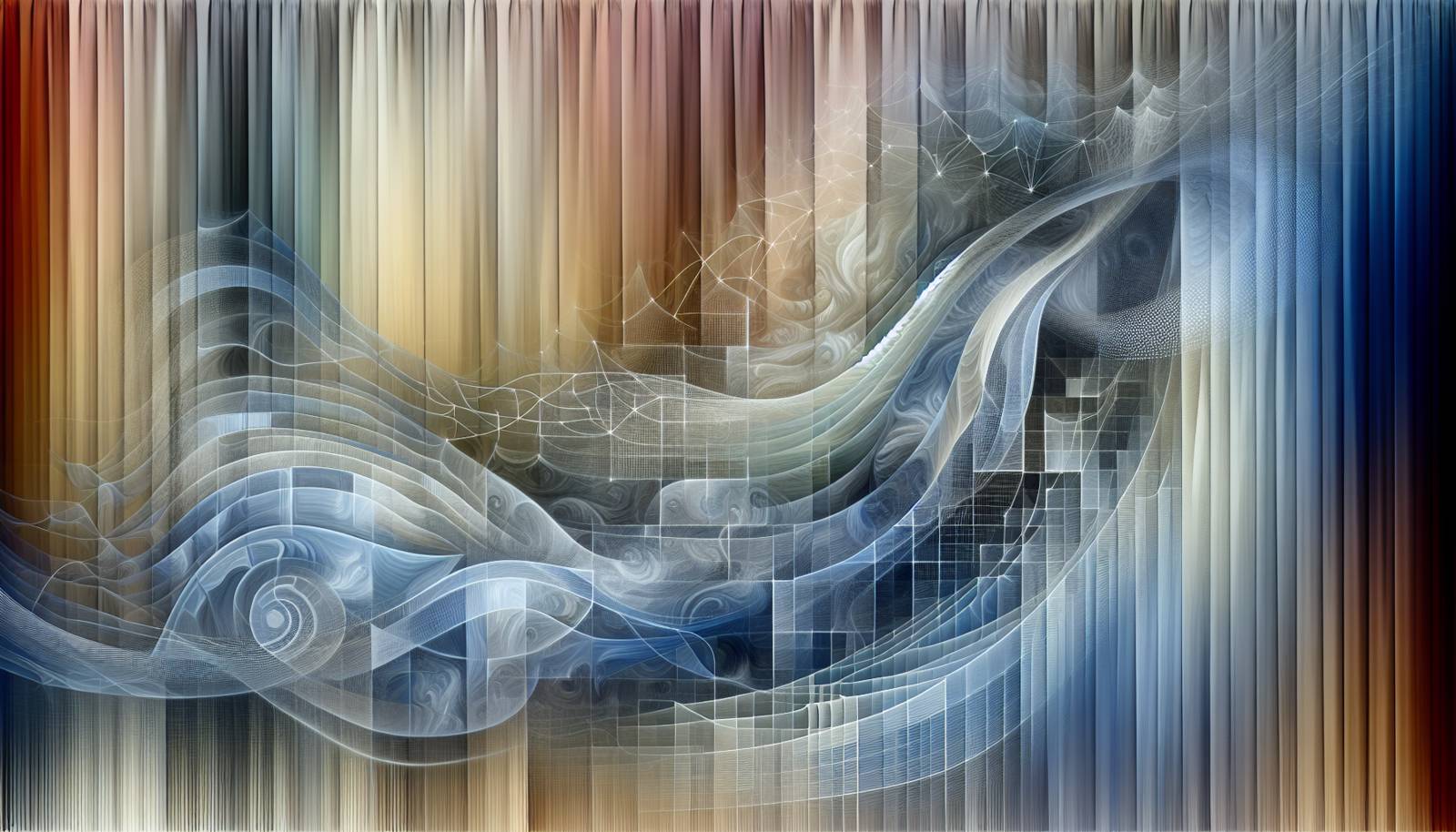
FAQ About The Evolution of Theater Criticism in the Digital Age

What is theater criticism, and how has it traditionally been practiced?
Theater criticism is the evaluation and analysis of theatrical performances, traditionally written in print publications like newspapers and magazines. Critics provide reviews and insights based on their observations, expert knowledge, and interpretation of the play's thematic elements, performances, direction, and production quality.

How has theater criticism changed with the rise of digital platforms?
With digital platforms, theater criticism has become more accessible and immediate. Reviews and critiques are frequently published online, on websites or social media, allowing for real-time feedback and broader engagement. Digital criticism often incorporates multimedia elements, such as audio or video clips, and reaches a global audience much faster than traditional print.

What role do social media platforms play in modern theater criticism?
Social media platforms enable more interactive and democratized forms of theater criticism. Bloggers, audience members, and amateur critics can share their views and reviews instantly. Hashtags, live tweets, and interactive discussions allow for wider audience participation and have given rise to a more communal form of critique where both professional and amateur voices can contribute.

Why is theater criticism important in the digital age?
Theater criticism remains crucial in the digital age as it helps audiences decide what productions to see and offers constructive feedback to artists and companies. It fosters discussions around the thematic and societal issues presented in productions and helps in maintaining a cultural archive through diverse perspectives and analyses.

How do online review platforms affect the theater industry?
Online review platforms expand the reach and impact of theater criticism by allowing a wide range of voices to contribute reviews and ratings. These platforms can influence ticket sales, shape perceptions of productions, and increase visibility and promotion opportunities for theaters, potentially altering a production’s success trajectory.

What are some challenges theater critics face in the digital era?
One significant challenge is the overwhelming volume of content and opinions, making it harder for individual critics to stand out. Additionally, the speed of digital communication can pressure critics to publish quickly, potentially sacrificing depth and accuracy for timeliness. Balancing traditional journalistic standards with new media’s immediacy is a constant challenge.

How do theater companies use digital critiques to their advantage?
Theater companies often use positive digital critiques in their marketing strategies, leveraging social media and online platforms to reach more viewers. Constructive criticism can also help theaters to adapt productions based on feedback, enhance artistic direction, and improve audience engagement through targeted promotions.

Can anyone become a theater critic in the digital age?
Yes, digital platforms democratize theater criticism, allowing anyone with internet access to voice their opinions. While professional critics may rely on formal training and extensive industry experience, amateur critics can also build followings through blogs, vlogs, and social media, contributing to the mix of professional and public discourse on theater.

What is the impact of digital theater criticism on audience engagement?
Digital theater criticism often makes theater more accessible and engaging by bringing in diverse opinions that resonate with broader audiences. Interactive elements like comment sections, forums, and social media discussions give audiences a platform to voice their thoughts, potentially enhancing their connection to the art form and encouraging more informed theater attendance.

Do traditional theater critics still have a place in the digital world?
Traditional theater critics continue to play an important role in the digital world, often bringing a level of expertise and credibility that new media lacks. Their reviews, now often published online alongside independent critics, provide an essential critical foundation and maintain high standards for theatrical critique.

What are the benefits of multimedia elements in digital theater criticism?
Multimedia elements such as video clips, interviews, and audio commentary enrich theater criticism by providing context and a deeper understanding of the performances. These elements can make critiques more engaging and illustrative, helping audiences appreciate the nuances of a production that might be lost in text alone.

How does digital theater criticism influence new theater productions?
Digital theater criticism can significantly influence new theater productions by highlighting successful elements of previous shows and indicating areas for improvement. It also provides insights into audience preferences and trends, helping creators develop content that is more likely to resonate with viewers and attract interest.

Are theater critics using any new tools or technologies in the digital age?
Theater critics today often employ various digital tools and technologies, such as social media analytics, SEO strategies, and multimedia content creation software, to broaden their reach and engagement. These technologies allow critics to analyze trends, harness audience interaction, and provide more dynamic, engaging content.

How do amateur theater reviews differ from professional criticism?
Amateur reviews often lack the depth and analytical rigor of professional criticism but provide genuine, often passionate, audience perspectives. These reviews may focus more on personal entertainment value or subjective preferences, whereas professional criticism is likely to delve deeper into thematic exploration, historical context, and artistic analysis.

What role does user-generated content play in theater criticism today?
User-generated content plays a significant role in contemporary theater criticism by offering a wide range of perspectives from diverse cultural and personal backgrounds. This content fosters broader discussions, challenges conventional viewpoints, and can influence the public’s perception and the success of theatrical productions.

How do critics balance objectivity and personal taste in their reviews?
Critics aim to balance objectivity and personal taste by grounding their assessments in established criteria such as acting, directing, writing, and production values while also incorporating their unique insights and interpretations. Transparency about personal biases and experiences can help maintain credibility and trust with their audience.

Does digital theater criticism lead to more diversity in opinions?
Yes, digital theater criticism encourages more diversity in opinions by allowing critics from varied backgrounds to share their perspectives easily. This diversity enriches the discourse around theater, providing broader cultural insights and promoting inclusivity in how theatrical works are perceived and valued.

What is the future of theater criticism in the digital age?
The future of theater criticism in the digital age likely includes further integration of new technologies, greater audience interaction, and an expanded role for non-traditional and diverse voices. As traditional media and digital content continue to converge, theater criticism will evolve to include more immersive and innovative forms of engagement.

How do platforms like YouTube or podcasts contribute to theater criticism?
Platforms like YouTube and podcasts contribute to theater criticism by offering accessible, engaging formats for audiences to consume reviews and analyses. These platforms allow critics to reach audiences through visual and auditory storytelling, potentially providing richer and more dynamic critiques than text alone.

In what ways has audience feedback become more influential due to digital platforms?
Audience feedback has become more influential due to digital platforms by quickly spreading opinions and potentially affecting a production's reputation. Social media, review aggregators, and forums allow audiences to express their views en masse, making collective feedback more visible and impactful to producers and creators.
